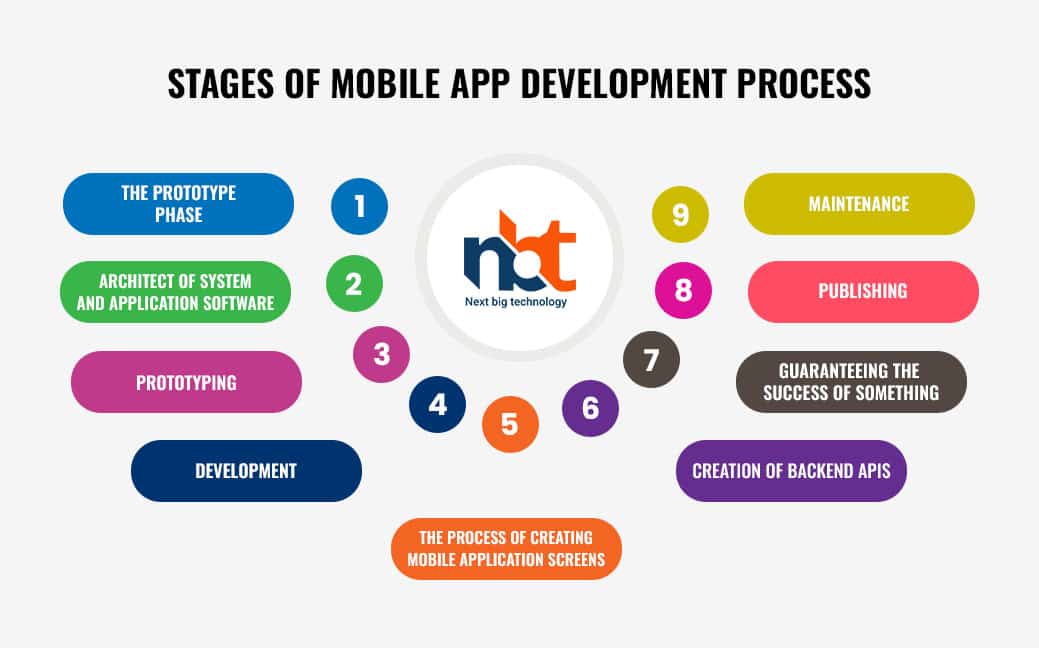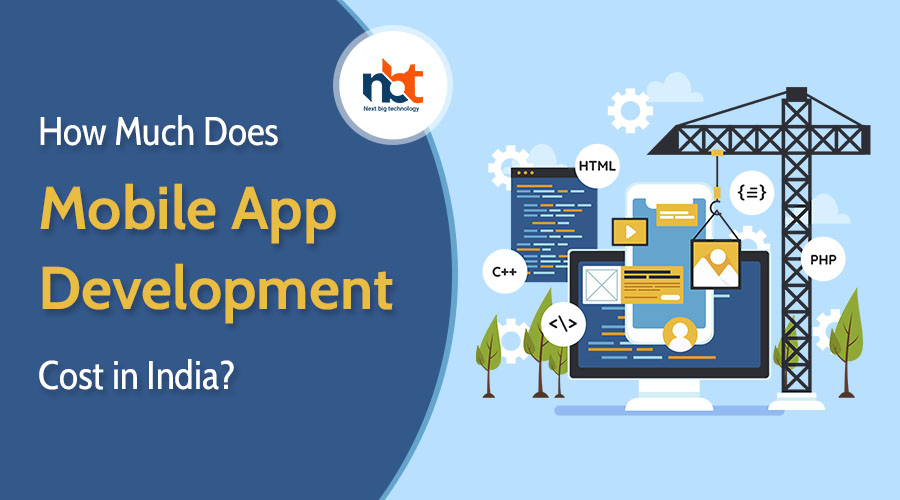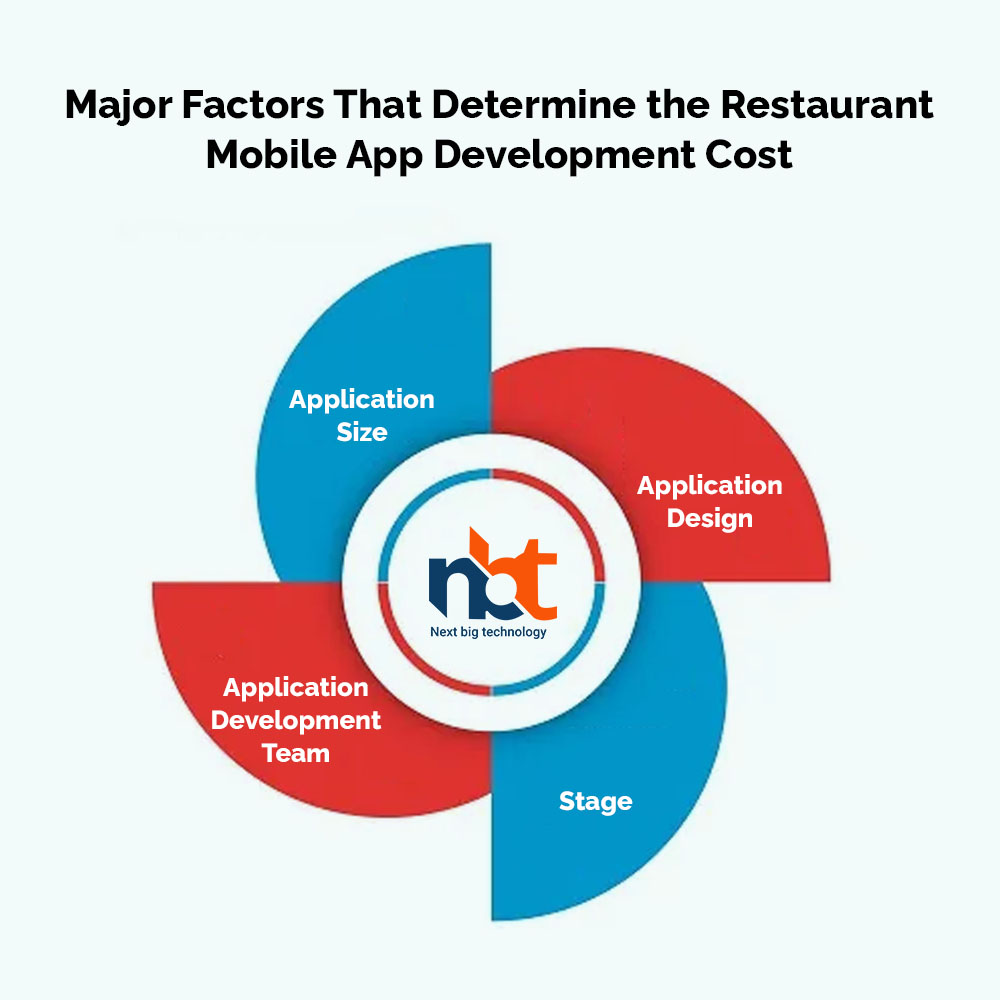Table of Contents
Introduction
Mobile apps have become an integral part of our lives, offering convenience, entertainment, and enhanced productivity. However, one common question that arises when considering mobile app development is the cost involved. In this informative blog post, we will delve into the various factors and considerations that contribute to the overall cost of developing a mobile app. By understanding these factors, entrepreneurs and businesses can gain valuable insights to help them plan and budget their mobile app development project effectively.
I. Defining the Scope and Complexity
Before estimating the cost, it is important to define the scope and complexity of the mobile app. Here are some key aspects to consider:
-
App Platform:
-
App Type and Features:
- Identify the primary purpose of the app (e-commerce, social networking, utility, etc.)
- Determine the core features and functionality required
-
User Interface and Design:
- Create an intuitive and visually appealing user interface (UI) and user experience (UX)
- Consider customization requirements to align with brand identity
-
Integration and Backend Development:
- Determine if the app requires integration with external services or APIs
- Assess the complexity of the backend infrastructure and database management
II. Factors Influencing Development Cost
Several factors contribute to the overall cost of developing a mobile app. Let’s explore these factors in more detail:
-
App Design and User Experience:
- Custom UI/UX design versus utilizing pre-built templates
- Number of screens, navigation patterns, and interactive elements
-
Development Approach:
- Native app development (iOS and Android) or cross-platform development using frameworks like React Native or Flutter
- Custom development versus using pre-built modules or libraries
-
Backend Development:
- Complexity of the server-side infrastructure and APIs
- Integration with third-party services such as cloud storage, payment gateways, and social media platforms
-
Technology Stack:
- Selection of programming languages, frameworks, and libraries for app development
- Database management system (e.g., MySQL, MongoDB)
- Integration of security measures to protect user data
-
App Complexity and Features:
- The number and complexity of features such as user authentication, real-time messaging, geolocation, and push notifications
- Integration with hardware components like cameras, sensors, or wearable devices
-
Team Composition and Expertise:
- The size and composition of the development team
- Hiring in-house developers or outsourcing the development to a third-party agency
- The expertise and experience level of the development team
-
Testing and Quality Assurance:
- Comprehensive testing, including functional testing, usability testing, and performance testing
- Bug fixing and quality assurance measures

III. Cost Estimation and Budgeting
Accurately estimating the cost of developing a mobile app can be complex due to the various factors involved. Here are some approximate cost ranges based on industry averages:
-
Simple Mobile App:
- Basic features and functionality, limited UI/UX customization
- Cost Range: $10,000 – $20,000
-
Mid-Range Mobile App:
- Moderate complexity, customized UI/UX design, integration with external services
- Cost Range: $20,000 – $50,000
-
Complex Mobile App:
- Highly complex features, extensive customization, advanced integrations, and backend infrastructure
- Cost Range: $50,000 – $100,000 or more
It’s important to note that these cost ranges are estimates and can vary depending on project requirements, geographic location, and development approach.
IV. Post-Development Considerations
Apart from the initial development cost, there are ongoing expenses to consider:
-
Maintenance and Updates:
- Regular updates to fix bugs, improve performance, and add new features
- Compatibility updates for new operating system versions and devices
-
App Store Fees:
- App store registration fees and charges for app distribution and updates
-
Marketing and Promotion:
- Promoting the app through marketing campaigns, advertising, and user acquisition strategies
- Ongoing efforts to attract and retain users
Conclusion
Developing a mobile app involves various factors and considerations that impact the overall cost. By understanding the scope, complexity, technology stack, and other relevant factors, entrepreneurs and businesses can make informed decisions and budget effectively for their mobile app development project. While the costs may vary depending on specific requirements, careful planning, effective project management, and partnering with experienced professionals can help ensure a successful and cost-effective mobile app development journey.
Thanks for reading our post “Demystifying the Cost of Developing a Mobile App: Factors, Considerations, and Insights”. Please connect with us to know more about Mobile App Development Services.




















